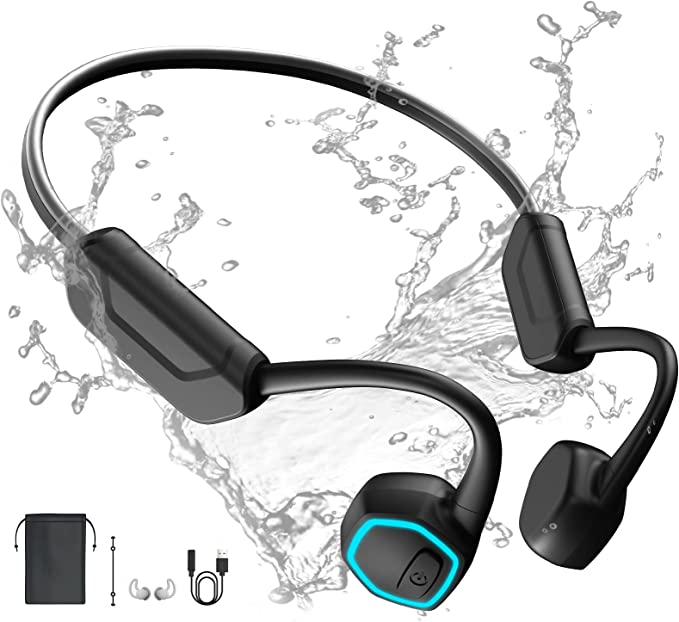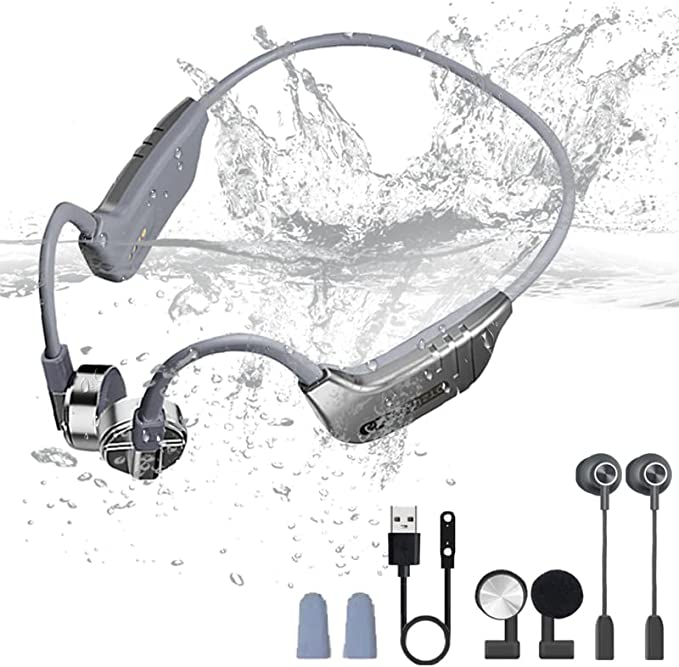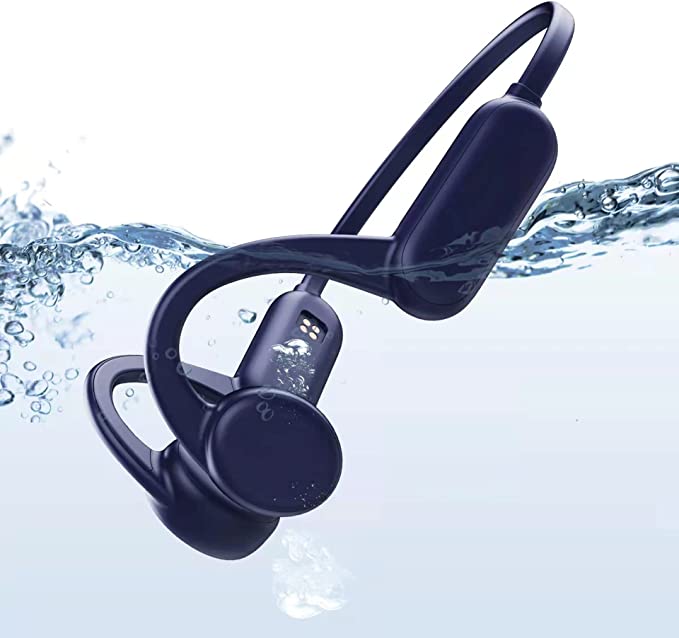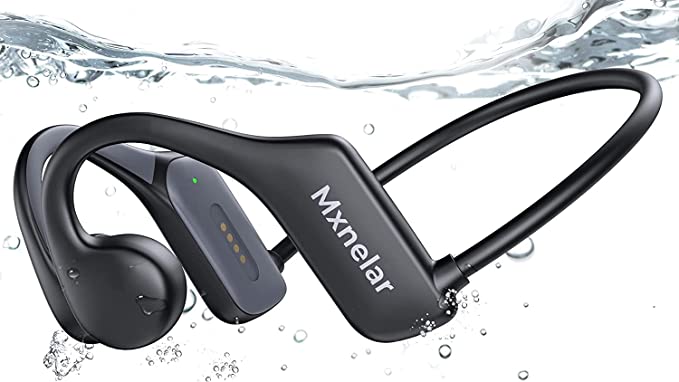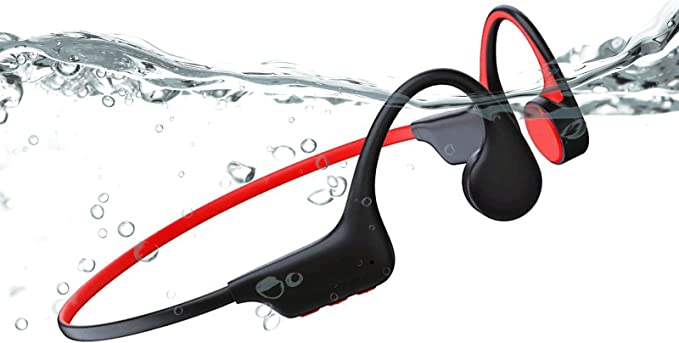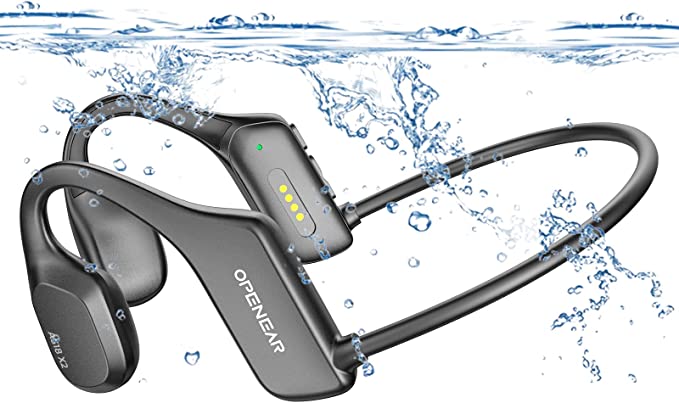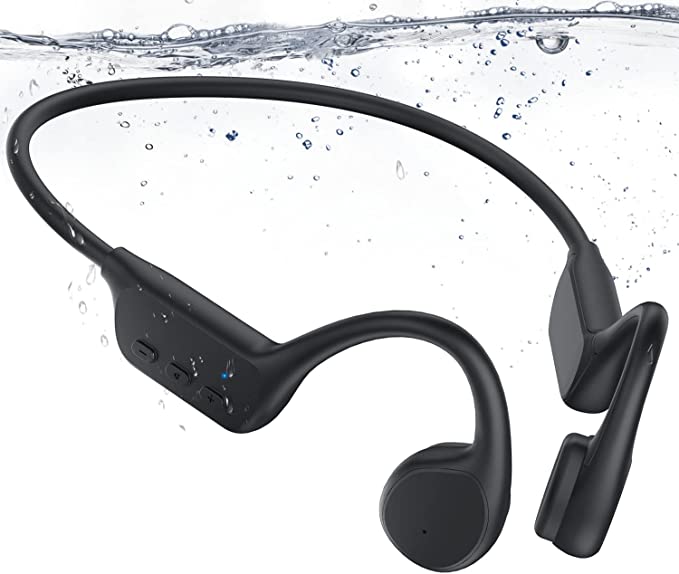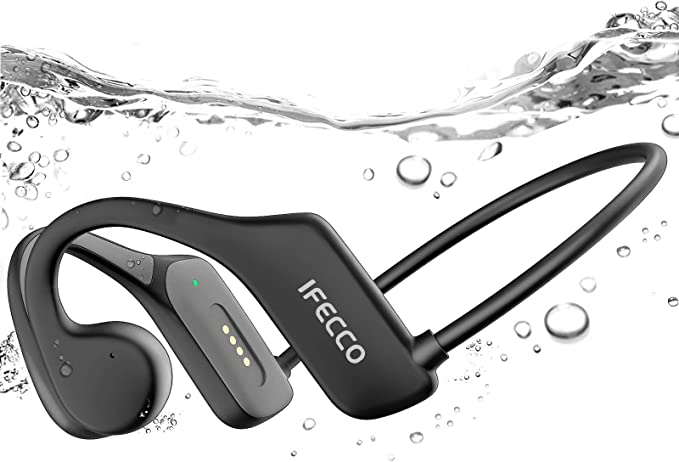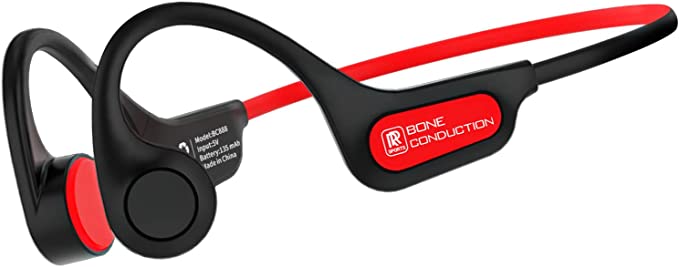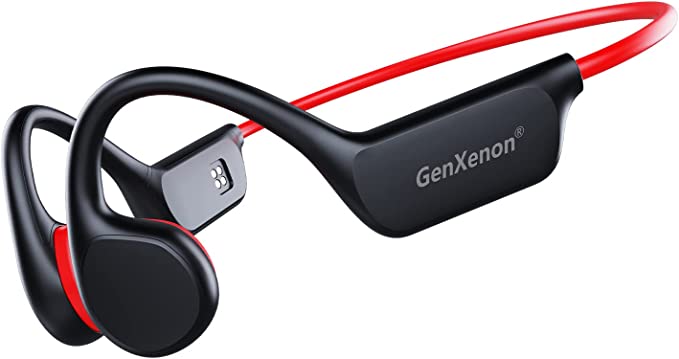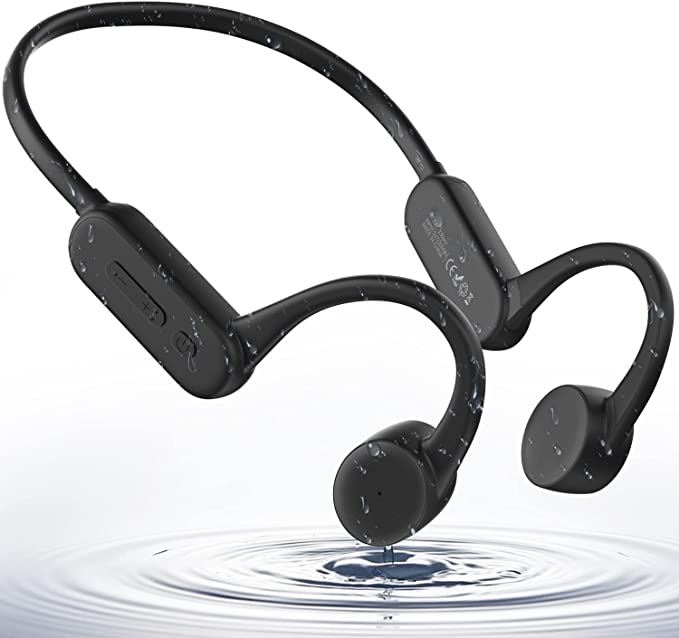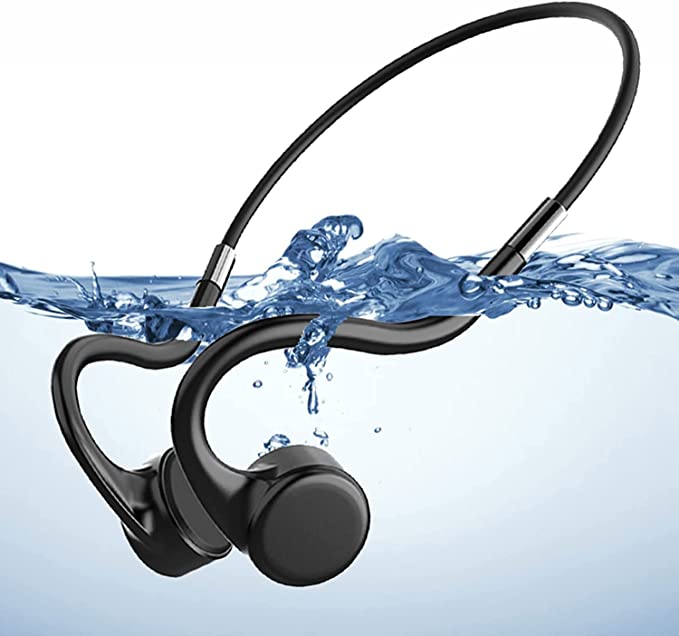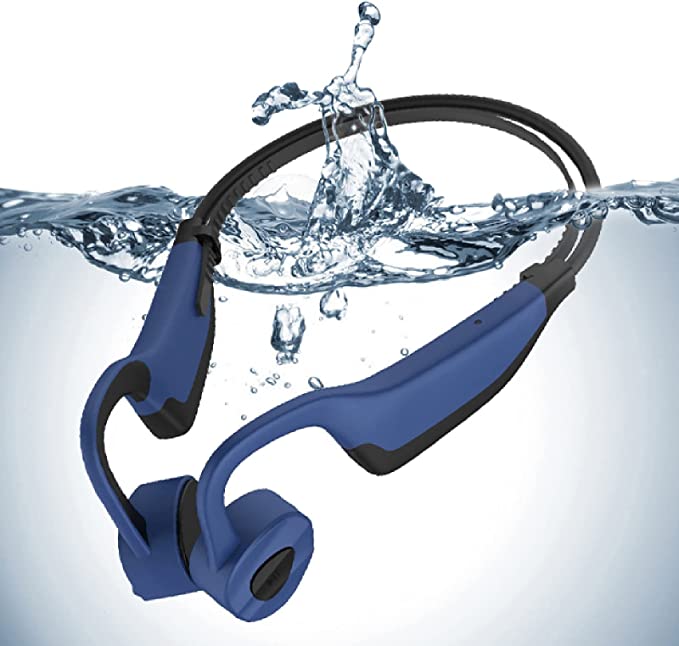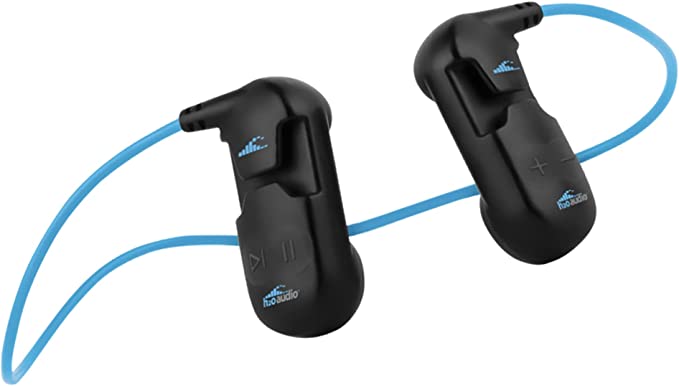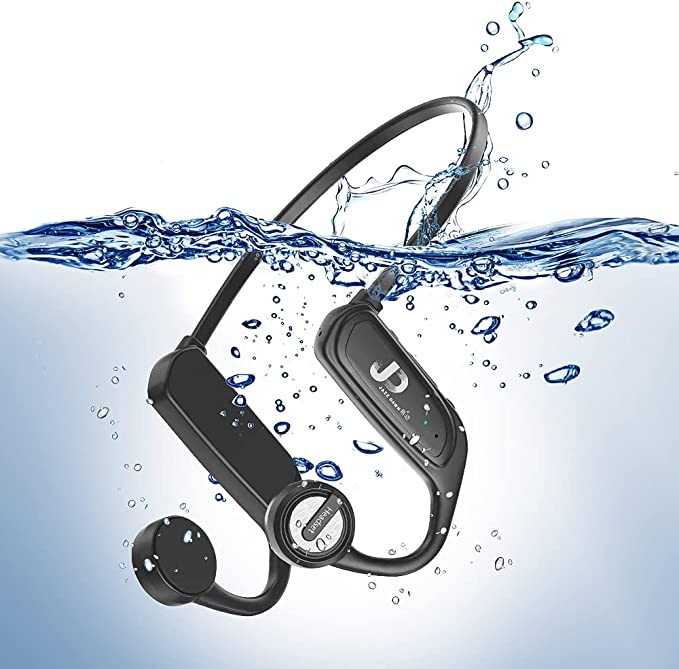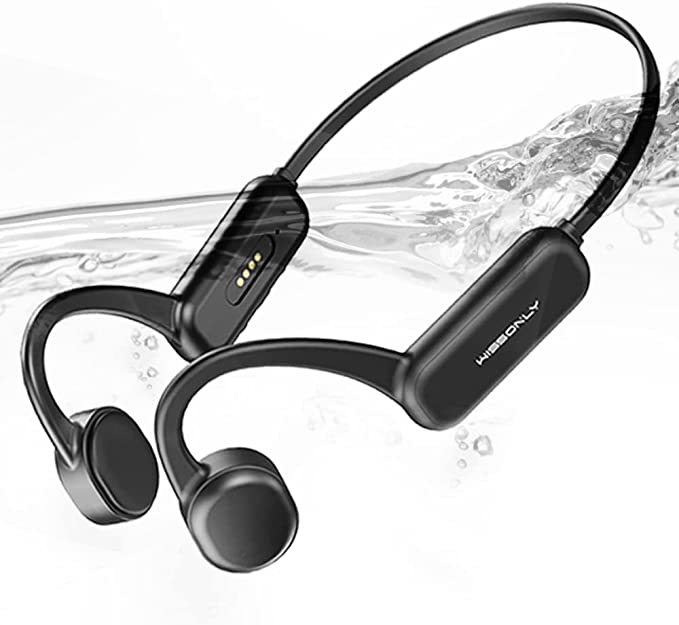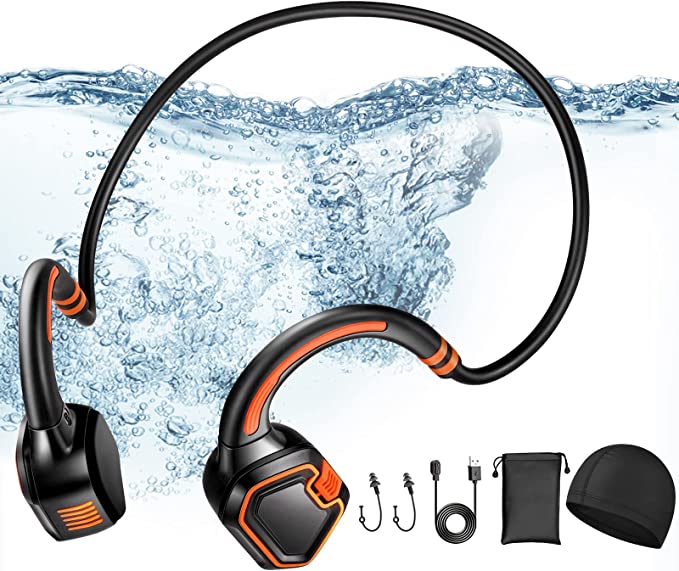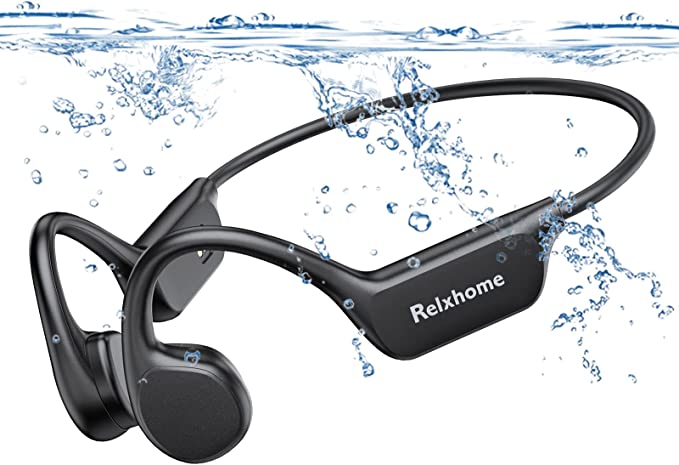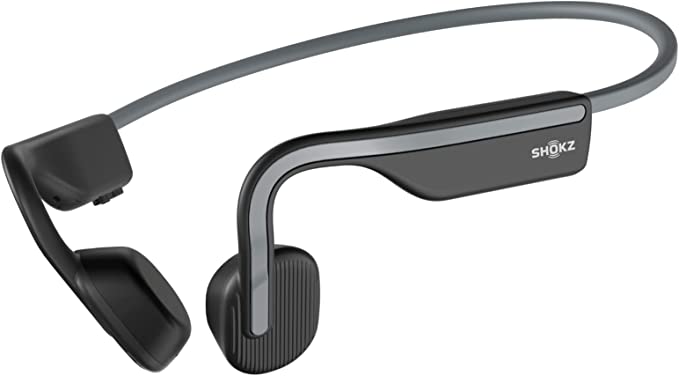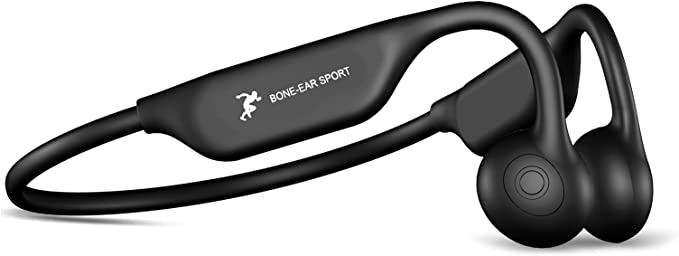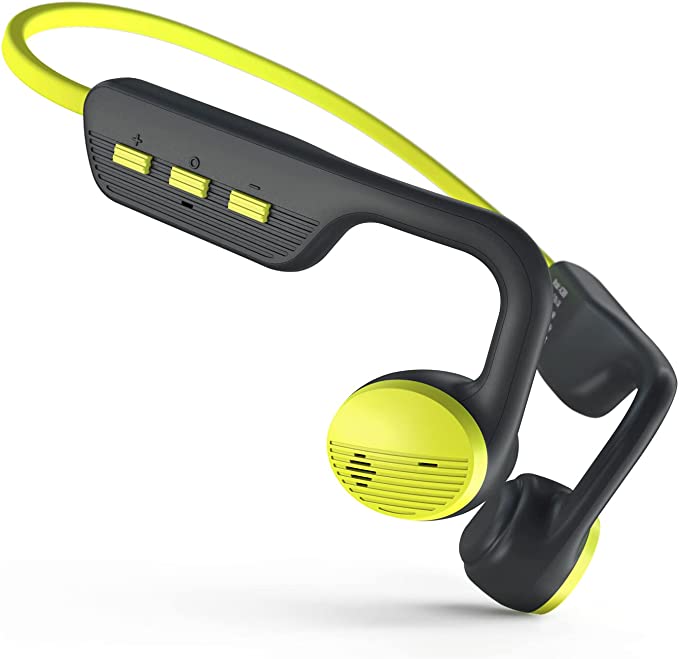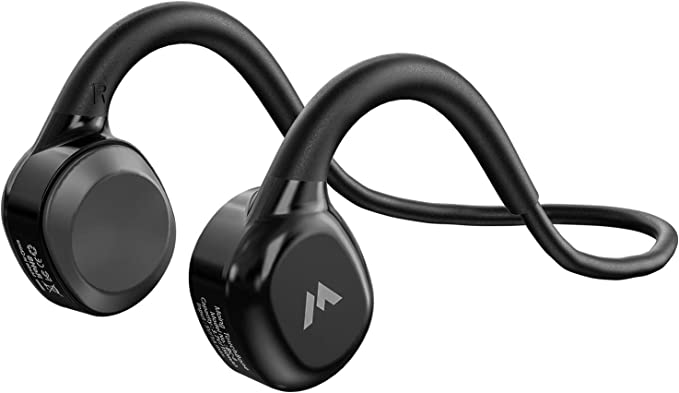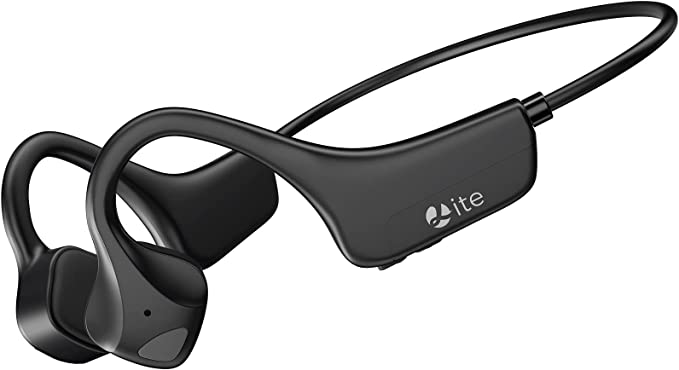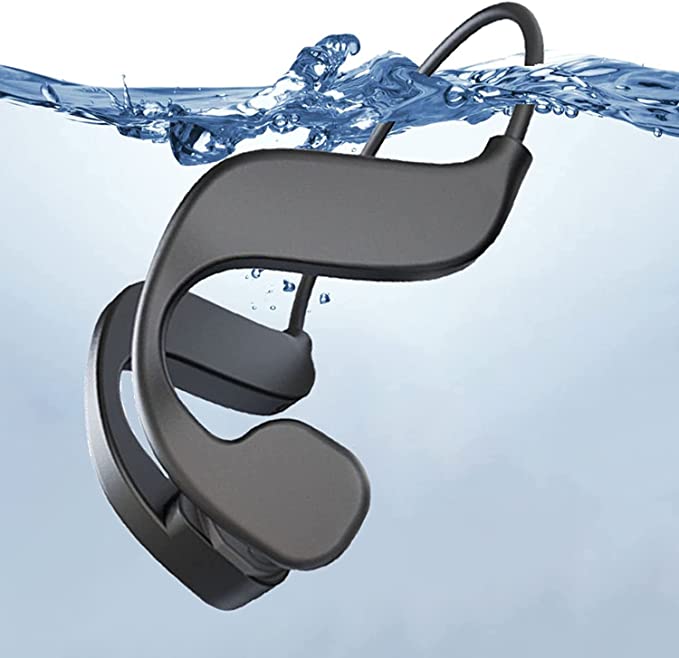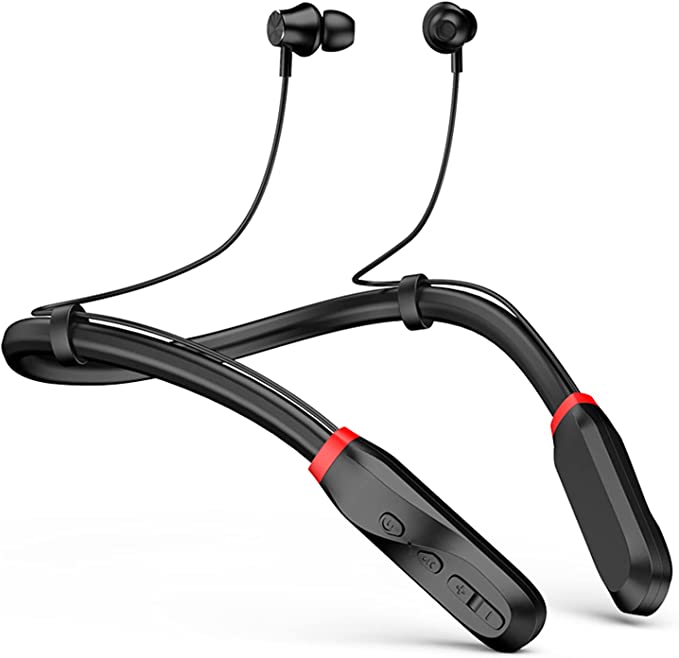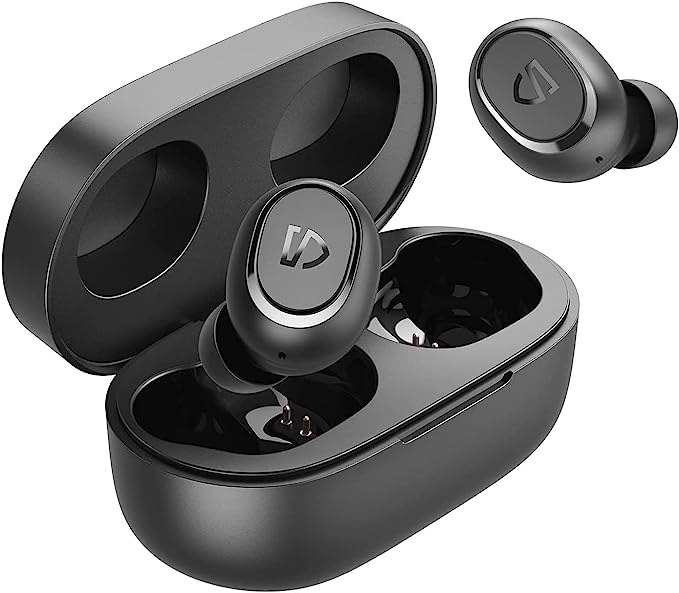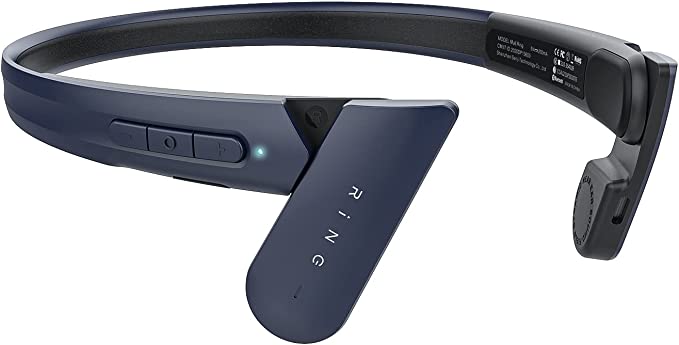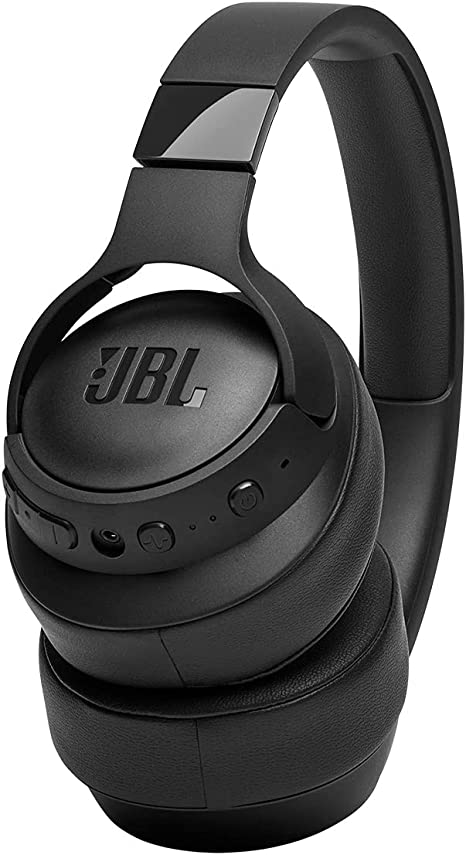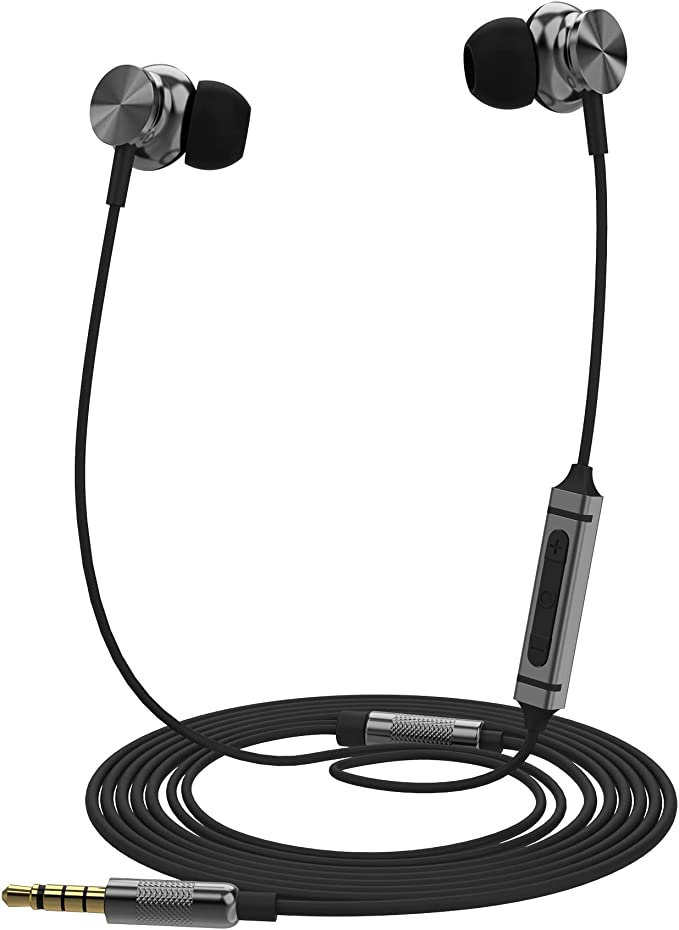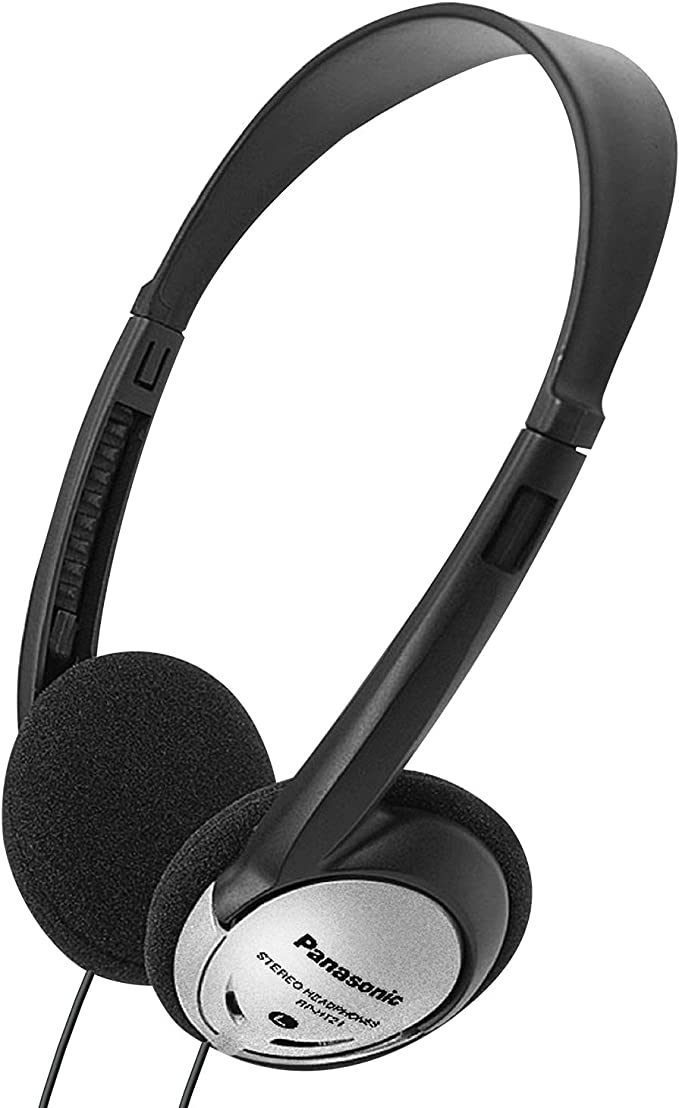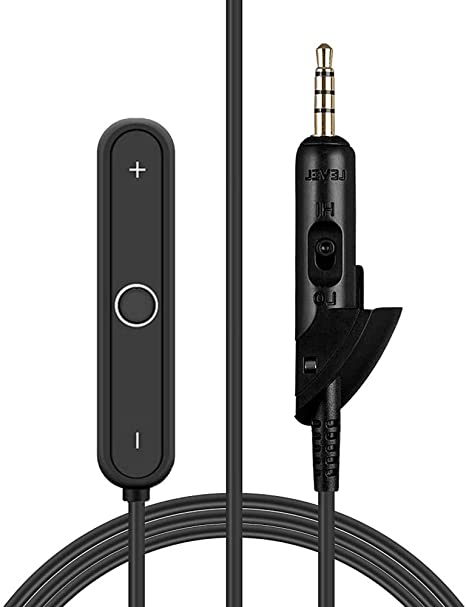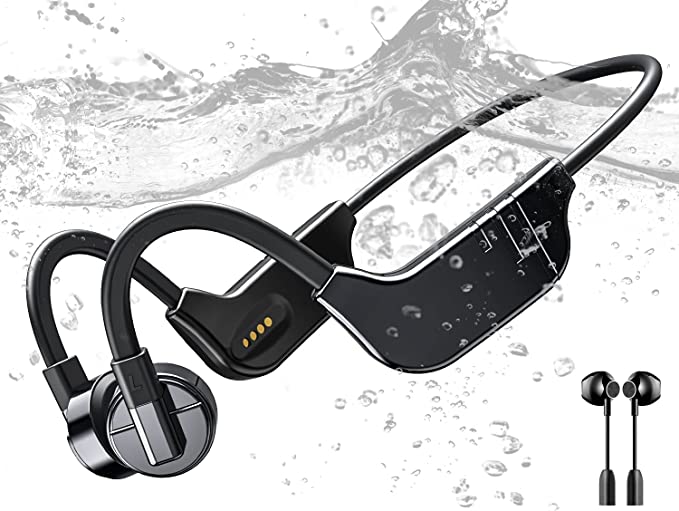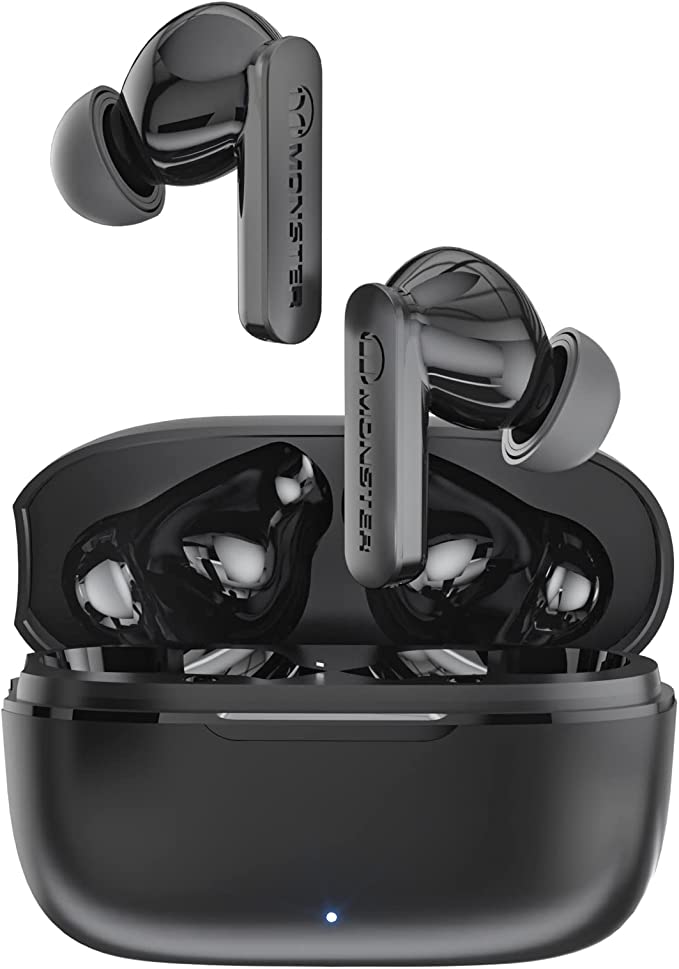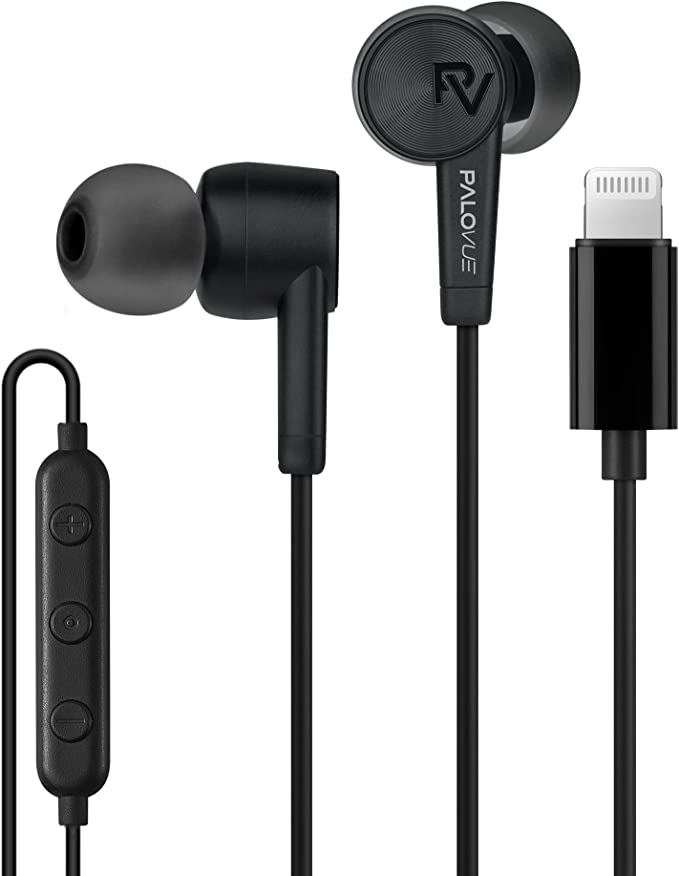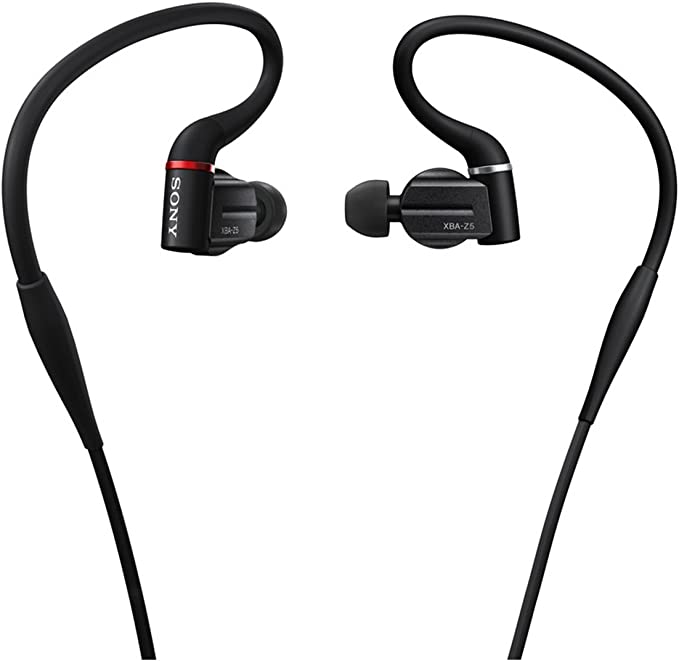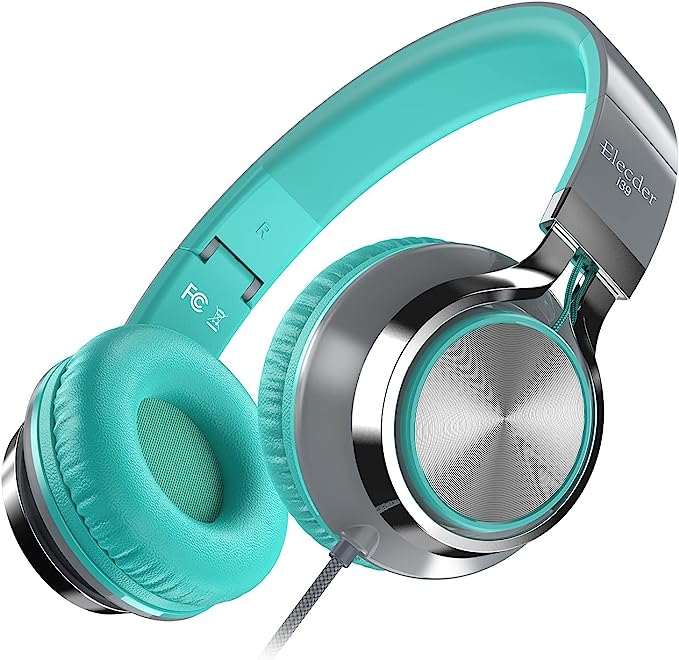ZHYH Sport Headphones: A Splash-Proof Bargain for Underwater Audio
Update on Aug. 5, 2025, 8:36 a.m.
There was a time, not so long ago, when music was tethered to place. It lived in living rooms, concert halls, and cars. Then, in 1979, the Sony Walkman sparked a revolution. Suddenly, our personal soundtracks became portable, accompanying us on city streets and forest trails. This quest for ubiquitous audio has driven innovation ever since, from the compact disc to the MP3 player and the invisible stream from our phones. Yet, one domain has long remained stubbornly silent, an elemental adversary to our electronics: water.
The desire to break the quiet monotony of swimming laps with a driving beat or a captivating podcast is a modern one, but it runs into a fundamental wall of physics. Bringing audio into the aquatic realm is more than just wrapping a gadget in plastic; it’s a fascinating journey through materials science, acoustics, and clever engineering workarounds. Devices like the ZHYH Sport Headphones represent a tangible solution, but to truly appreciate them, we must first understand the immense challenges they are designed to overcome.

The Armor: Deciphering the Language of Waterproofing
Before any sound can be produced, a device must first survive its environment. The universal language for an electronic enclosure’s durability is the Ingress Protection Code, or IP Code, standardized as IEC 60529. It’s a grading system for grit and liquid, and for any aquatic device, it is the most critical specification.
Many devices are “water-resistant,” able to shrug off sweat or a light rain. But for swimming, the standard is far higher. A rating like IPX8, which the ZHYH headphones claim, is effectively a license for full, continuous immersion. Let’s decode it: the ‘X’ means it hasn’t been rated for dust protection (a low priority for a swimming device), while the ‘8’ signifies the highest level of water protection. This isn’t a vague promise; it certifies that the enclosure can withstand the pressure of being submerged in water over 1 meter deep for an extended period, with manufacturers often specifying a greater depth, such as the 2-meter rating on these headphones. Achieving this requires meticulous engineering—precision-fit casings, silicone O-rings, and waterproof adhesives that create a hermetic seal against the relentless pressure of water.

The Great Divide: Why Your Phone Can’t Talk to Your Headphones Underwater
Surviving the water is one thing; communicating through it is another. Herein lies the second, and perhaps more fascinating, scientific hurdle. While sound travels remarkably well in water (about 4.5 times faster than in air), the radio waves that power modern wireless technology like Bluetooth do not.
The reason is rooted in the very nature of water itself. The 2.4 GHz frequency used by Bluetooth is a form of microwave radiation, similar to that used in a microwave oven. Water (H₂O) is a polar molecule, meaning it has a slight positive and negative charge on opposite ends. When exposed to the oscillating electric field of a 2.4 GHz signal, these water molecules frantically try to align themselves, creating friction and converting the radio wave’s energy into heat. This phenomenon, known as dielectric heating, is precisely why water is so effective at absorbing these signals. For a swimmer, this means a Bluetooth connection to a poolside phone is severed within inches of submersion.
Faced with this insurmountable physical barrier, engineers turned to a brilliantly simple, older solution: they removed the need for a connection altogether. By integrating an MP3 player directly into the headphones, the device becomes a self-contained ecosystem. The music is no longer streamed but stored locally, typically on NAND flash memory. An 8G capacity, for instance, allows a user to carry thousands of tracks, effectively turning the headphones into a modern, waterproof Walkman and elegantly sidestepping the physics that doom wireless signals underwater.

A Different Path: Hearing Through Bone
While the integrated player is a robust solution, another technology is making waves by rethinking how sound reaches our brain. Bone conduction offers a radical alternative to traditional in-ear drivers. Instead of vibrating air in the ear canal, bone conduction headphones press against the bones of the skull (typically the cheekbones) and send micro-vibrations directly to the cochlea, the inner ear’s spiral-shaped hearing organ.
The sound you hear when you chew, or the altered sound of your own voice when you plug your ears, is a result of bone conduction. For swimmers, this technology presents two key advantages. First, it leaves the ear canal completely open, allowing users to remain aware of their surroundings—the voice of a coach, an approaching swimmer, or an alarm. Second, it eliminates the need to achieve a perfect, watertight seal inside the ear canal, which can be a point of discomfort or failure for many users.

Engineered for the Current: Beyond Just Being Waterproof
A successful piece of swimming technology must be more than just a waterproof box. It has to be designed for a dynamic, high-drag environment. Every aspect of its form factor is a consideration in hydrodynamics and ergonomics. A lightweight design, such as one weighing a mere 35 grams, minimizes the sensation of wearing a device and reduces the drag that can dislodge it during a flip turn. The shape must be smooth and contoured, allowing water to flow over it with minimal turbulence. Materials are chosen for both their light weight and their resilience, with components like soft silicone ensuring a comfortable yet secure fit and corrosion-resistant metals protecting charging contacts from the harshness of pool chemicals.
Ultimately, the journey to bring our personal soundtracks underwater is a microcosm of technological evolution. It demonstrates a relentless drive to overcome physical barriers, not with a single magic bullet, but through a series of intelligent trade-offs and diverse engineering approaches. Whether through the brute-force reliability of a self-contained MP3 player or the elegant biological shortcut of bone conduction, the silent, blue monastery of the lap pool has finally been opened to the rich, motivating world of sound. The quest for a truly ubiquitous audio experience continues, one stroke at a time.
